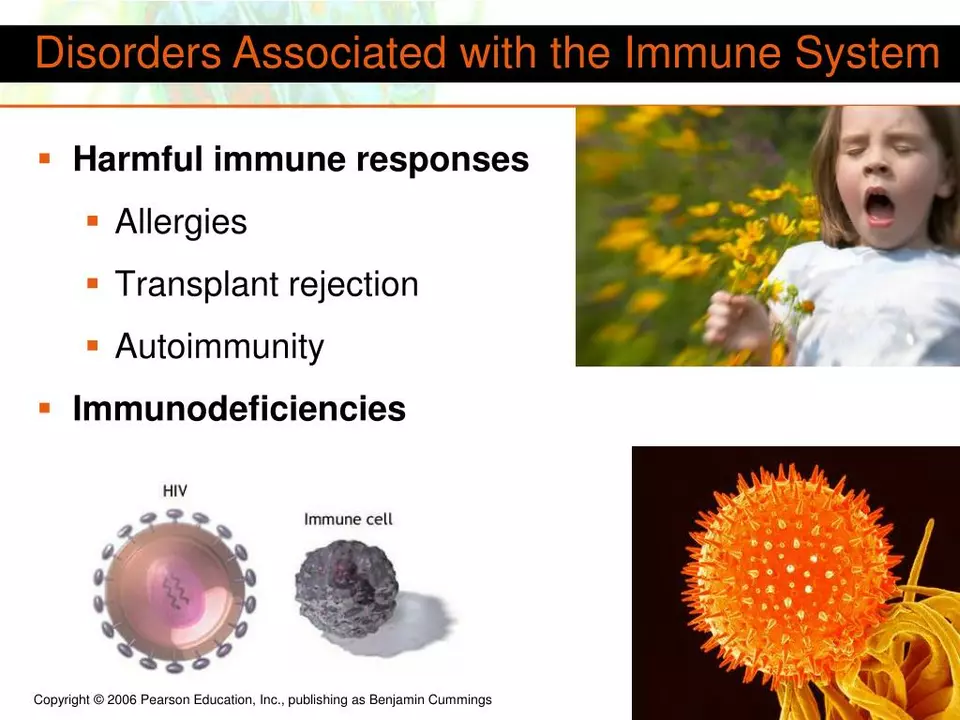Artificial Organs: A Simple Guide to Life-Saving Technology
Ever wondered what happens when an organ fails and can't be replaced by a donor? That's where artificial organs step in. These are specially designed devices that take over the function of a natural organ. Sounds like science fiction, right? But artificial organs are very real and already changing lives, giving people hope when options seem limited.
Artificial organs come in many shapes and sizes depending on the need. For example, an artificial heart replaces the function of a failing heart, helping pump blood throughout the body. Other common types include artificial kidneys, lungs, and pancreases—each designed to handle specific tasks the real organ would do.
How Do Artificial Organs Work?
Most artificial organs rely on mechanical or electronic parts, sometimes combined with biological materials. Take the artificial heart: it uses pumps and power sources to keep blood moving. Artificial kidneys often use dialysis machines that filter the blood externally. The goal is to mimic what the natural organ does as closely as possible.
This technology is not perfect though. Artificial organs can come with risks like infections or device failure, so medical teams monitor patients closely. Still, with proper care, these devices can keep people active and healthy for years.
Why Are Artificial Organs Important?
There's a huge gap between organ donors and people who need transplants. Artificial organs help fill this gap by providing an alternative when donor organs aren't available or suitable. Plus, they can act as a bridge to transplant, keeping patients stable while they wait for a donor.
They also push the boundaries of medical technology and research. Every advance in artificial organs means better designs, longer-lasting devices, and improved quality of life for patients. It’s exciting to think how much further this field will go in the next few years.
If you're curious about artificial organs because of personal health concerns or just plain interest, remember this: they're complex tools designed to save and extend life. While they aren't a magic fix, they offer real, practical solutions for some of the toughest medical challenges out there.

